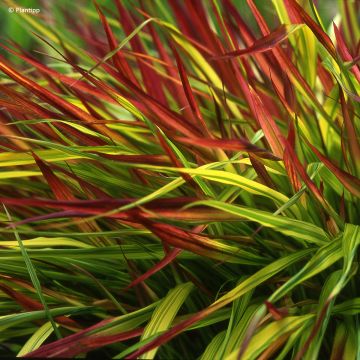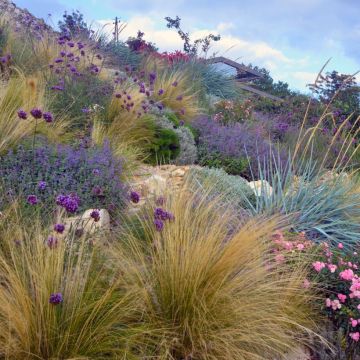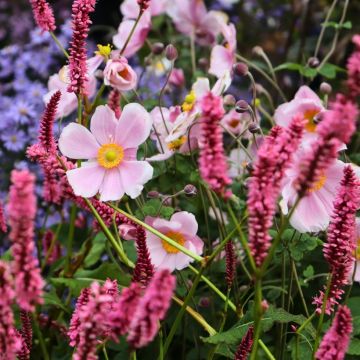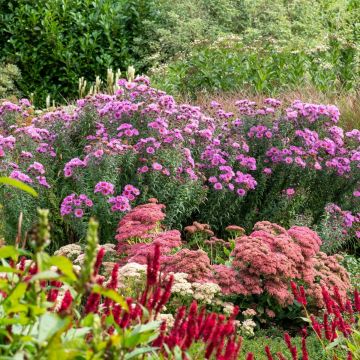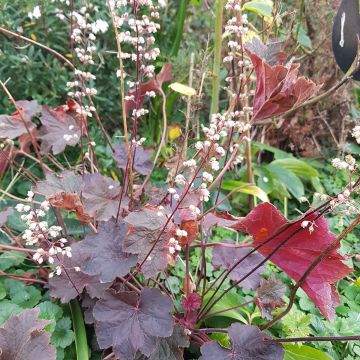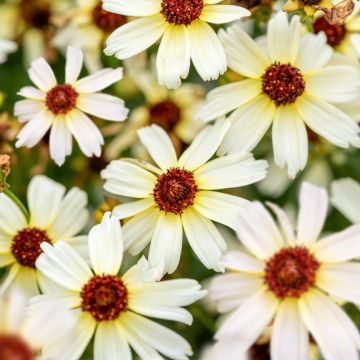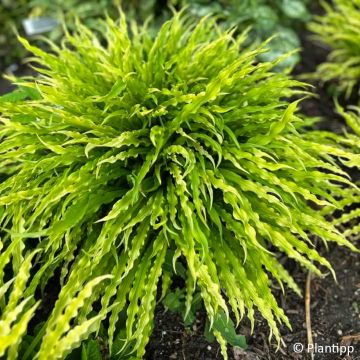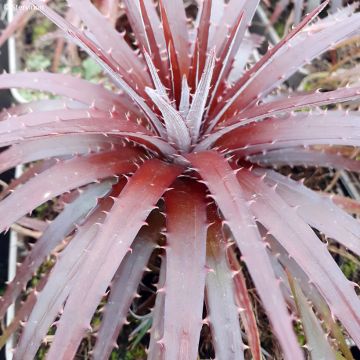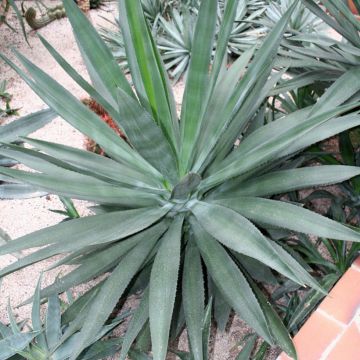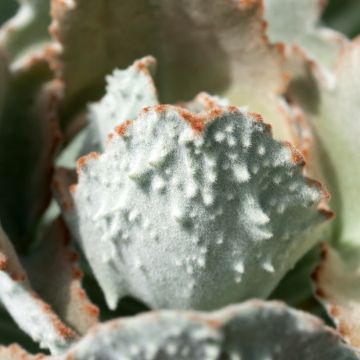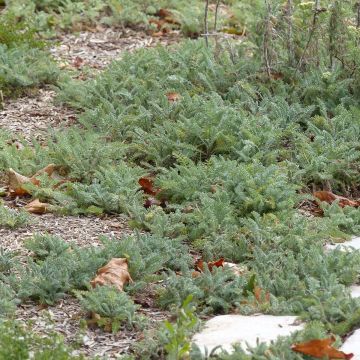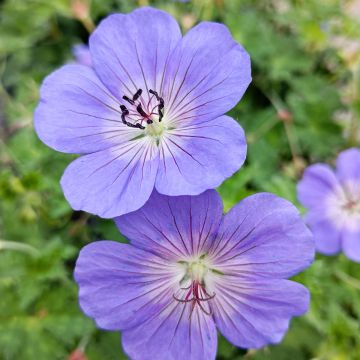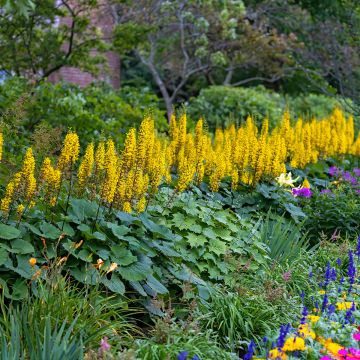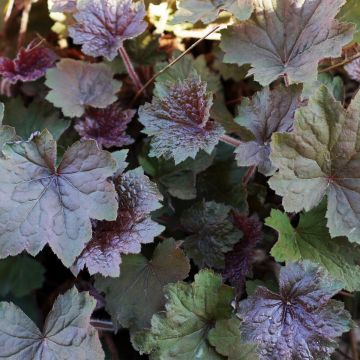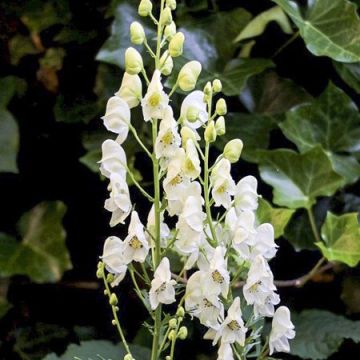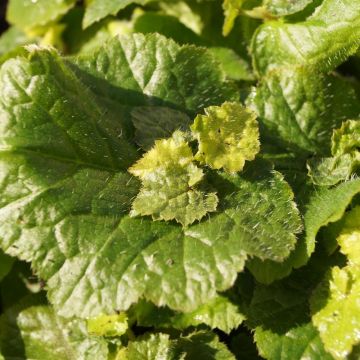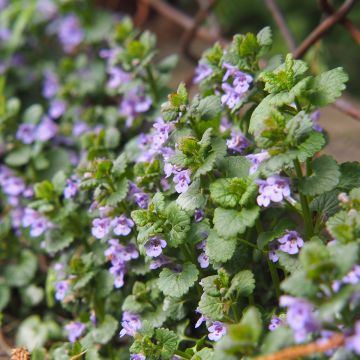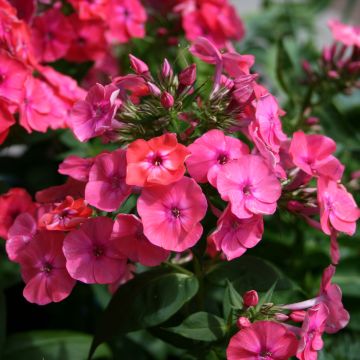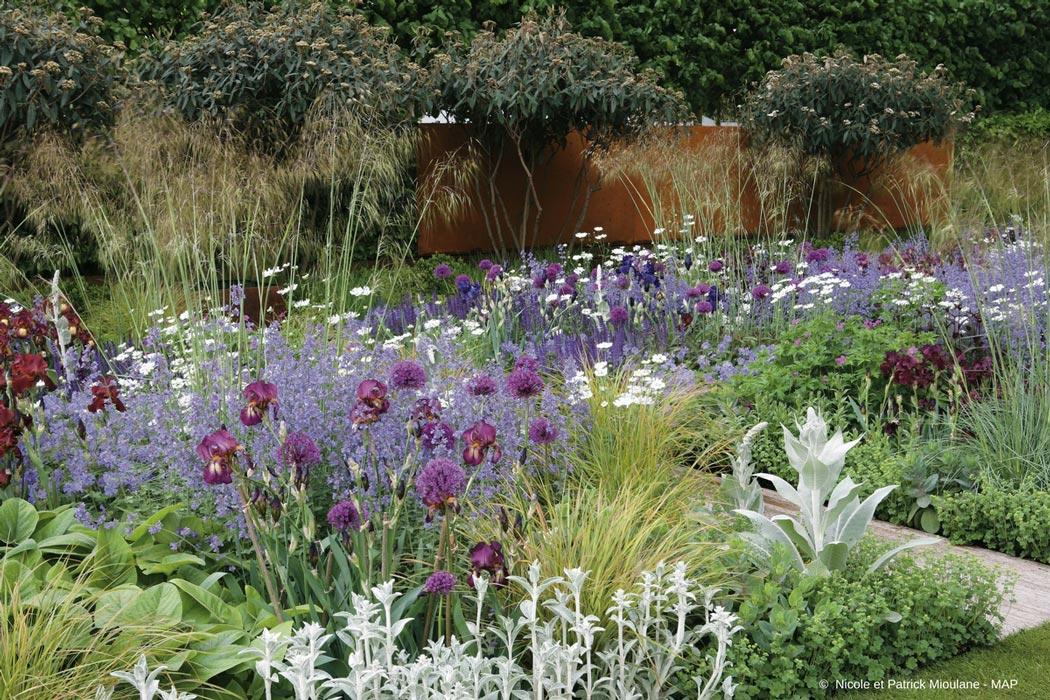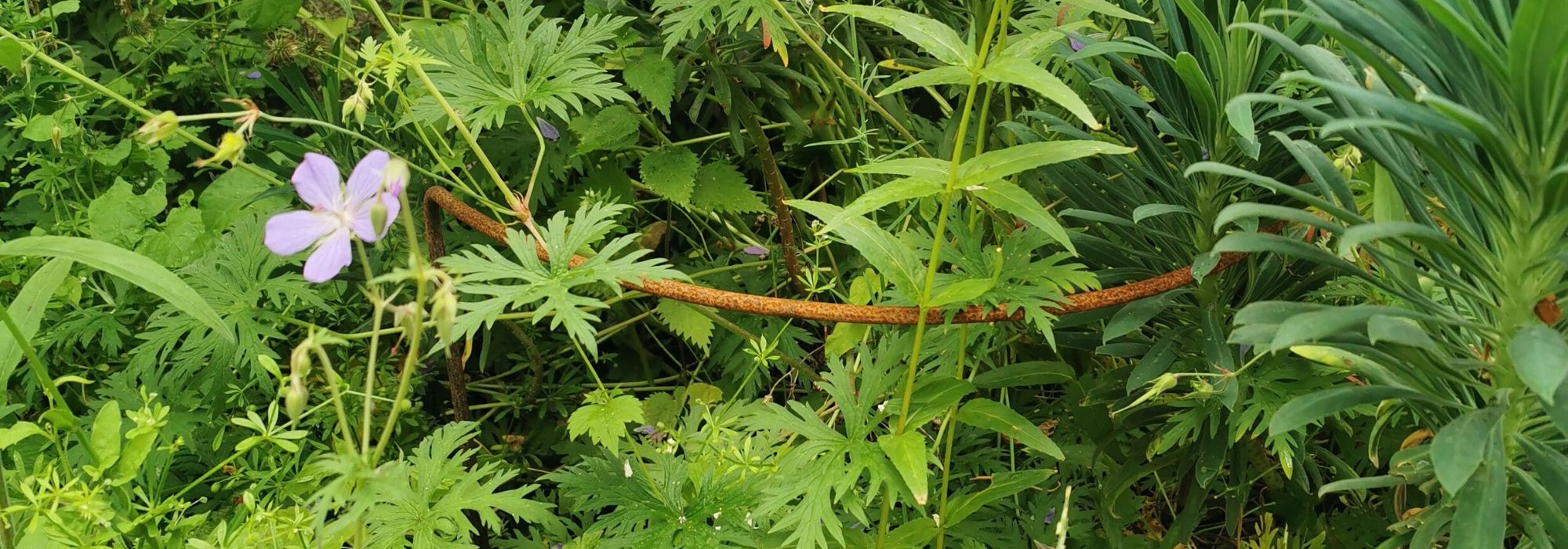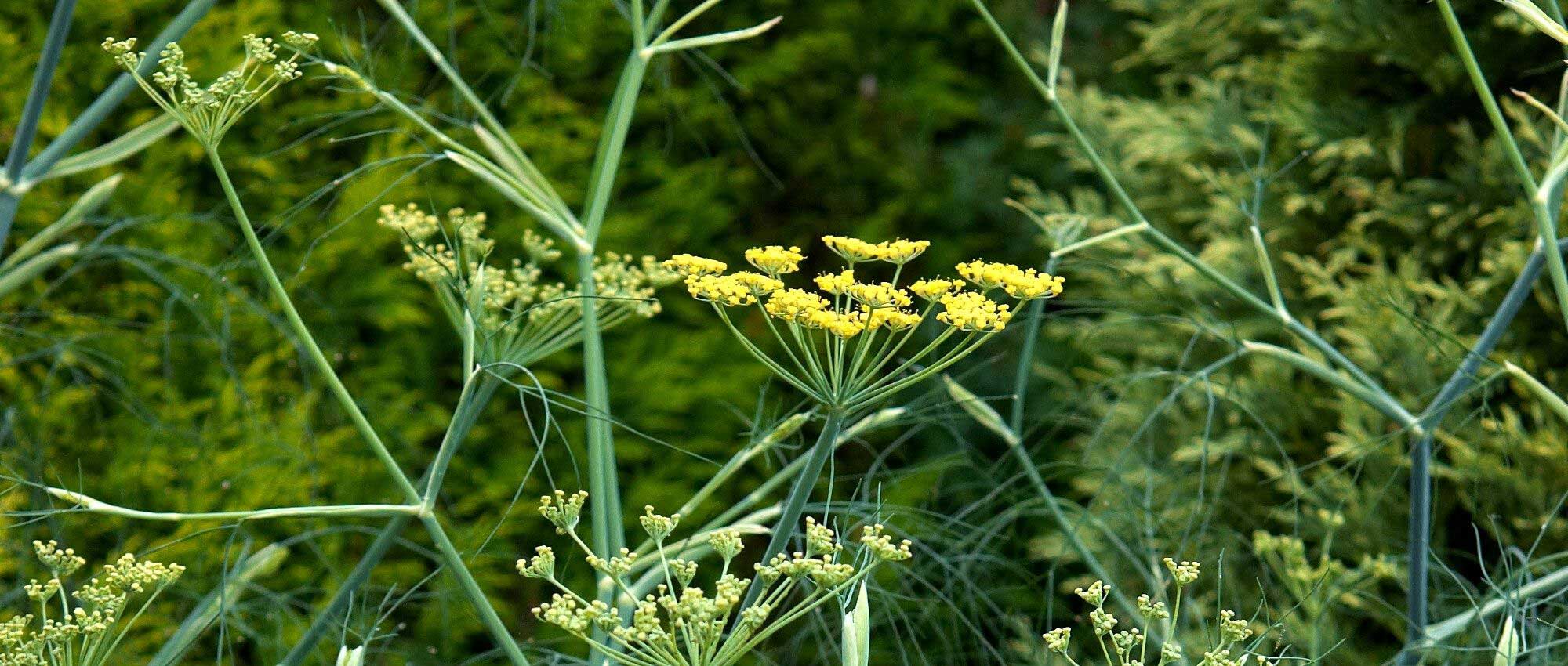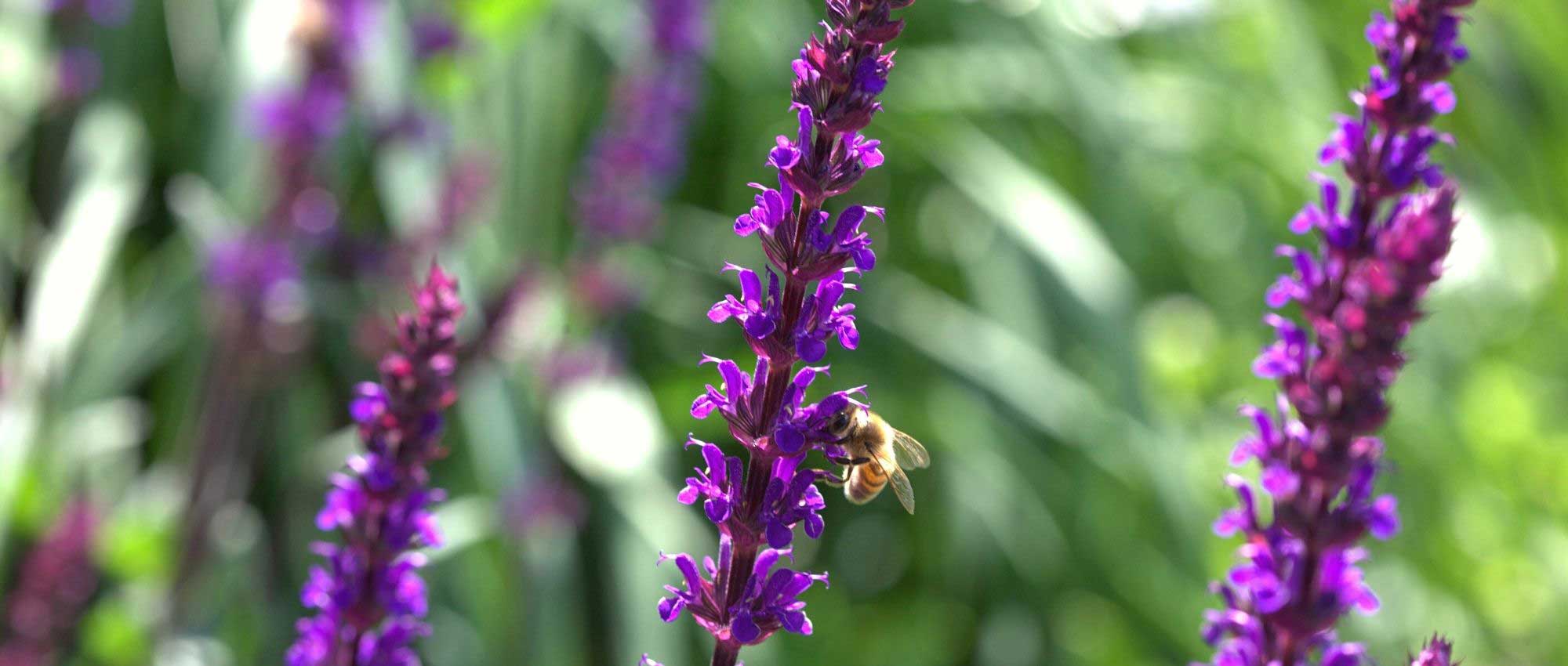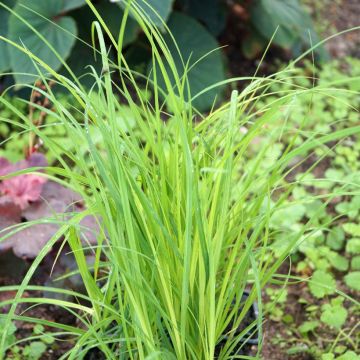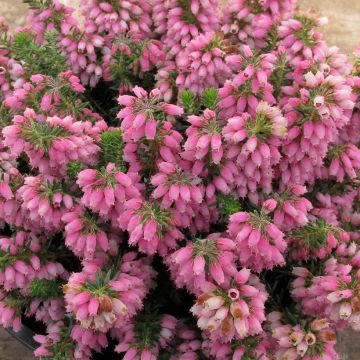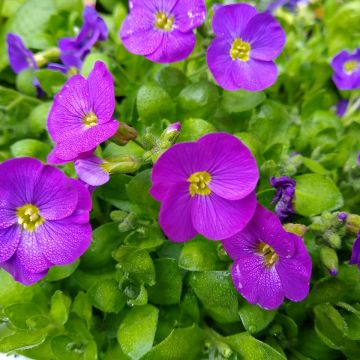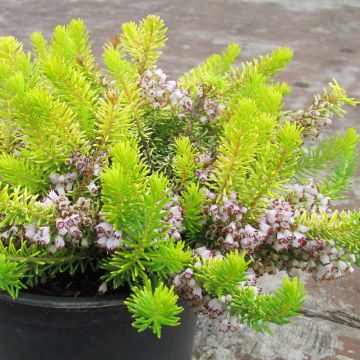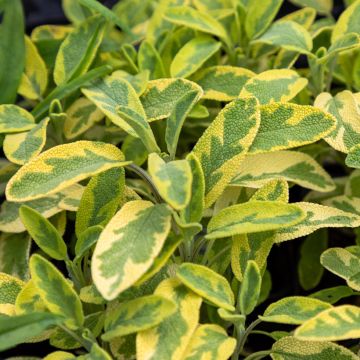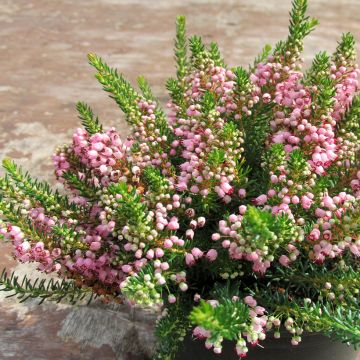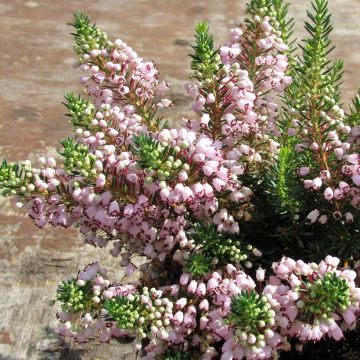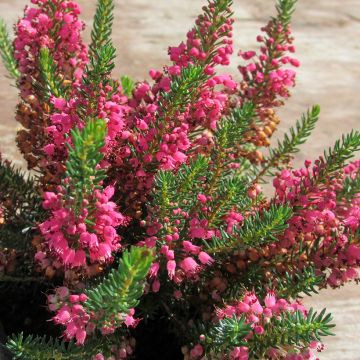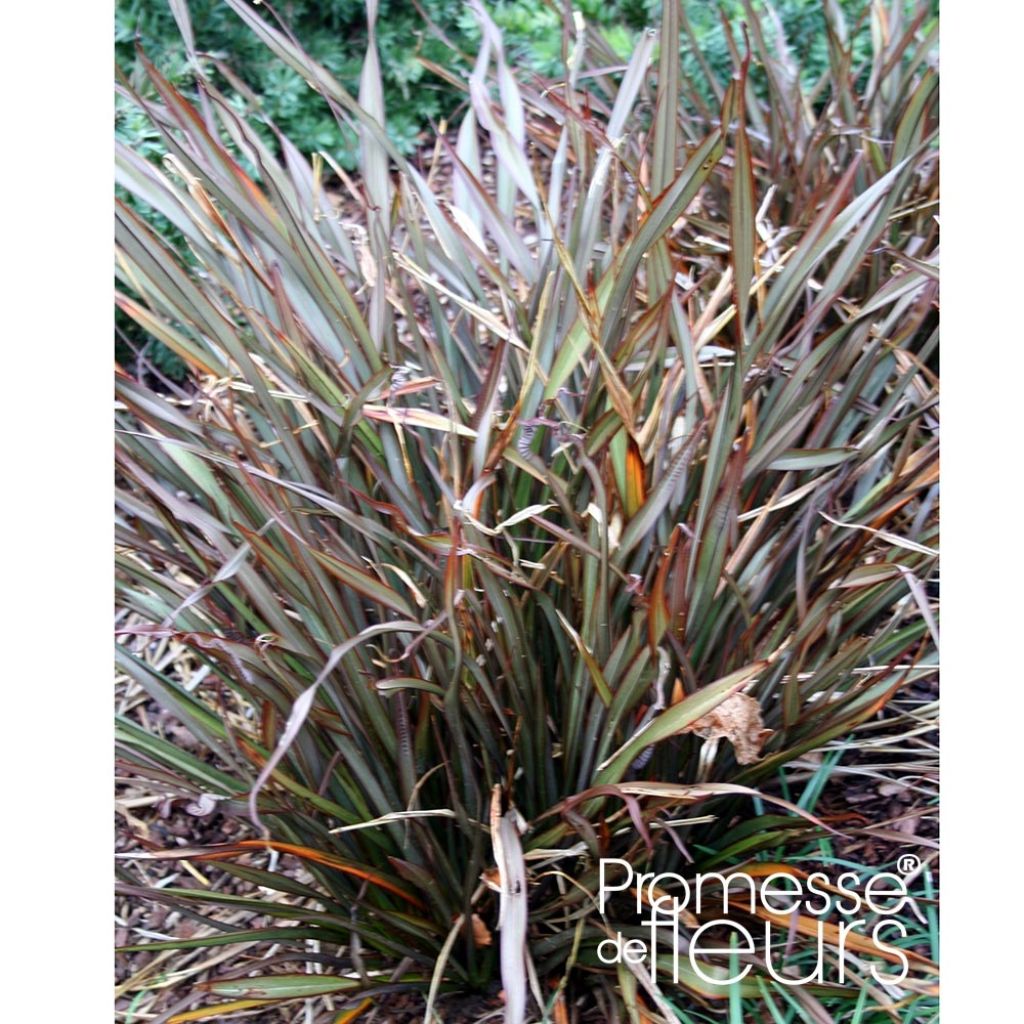

Phormium tenax Jack Spratt - New Zealand Flax
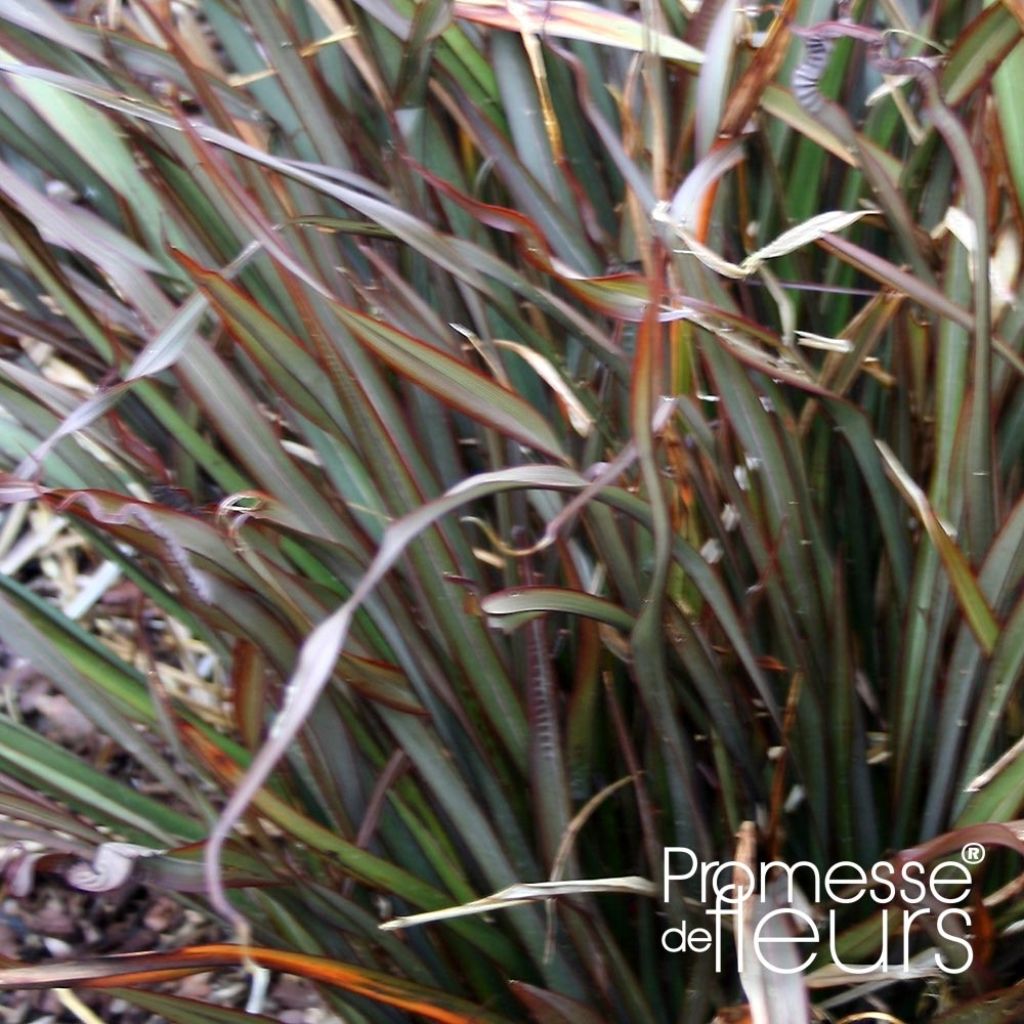

Phormium tenax Jack Spratt - New Zealand Flax
Phormium tenax Jack Spratt - New Zealand Flax
Phormium x tenax Jack Spratt
New Zealand Flax, Flax Lily
Beautiful plant in good health and well packaged, arrived on the stated date. What more could you ask for?
joelle sazatornil, 07/09/2016
Special offer!
Receive a €20 voucher for any order over €90 (excluding delivery costs, credit notes, and plastic-free options)!
1- Add your favorite plants to your cart.
2- Once you have reached €90, confirm your order (you can even choose the delivery date!).
3- As soon as your order is shipped, you will receive an email containing your voucher code, valid for 3 months (90 days).
Your voucher is unique and can only be used once, for any order with a minimum value of €20, excluding delivery costs.
Can be combined with other current offers, non-divisible and non-refundable.
Why not try an alternative variety in stock?
View all →This plant carries a 12 months recovery warranty
More information
We guarantee the quality of our plants for a full growing cycle, and will replace at our expense any plant that fails to recover under normal climatic and planting conditions.
Does this plant fit my garden?
Set up your Plantfit profile →
Description
The Phormium 'Jack Spratt', also known as the New Zealand Flax, is a vigorous dwarf variety that strongly resembles grass with dark colours and offers astonishing contrasts when paired with lighter plants. It has a dense tuft of finer leaves than other cultivars, upright and then arching, with a dark bronze purple colour with hints of red, chocolate, and olive green! This evergreen perennial is interesting for natural or contemporary gardens that are drier, planted in groups with silver or light green ground cover. Its reduced size is suitable for borders and smaller spaces or for planting in a container or pot on a balcony. Particularly exotic, it thrives in mild climates. Hardy up to -7°C (19.4 °F), it is recommended for coastal regions. Provide it with a sunny location in normal to moist soil that is well-drained.
The New Zealand Flax 'Jack Spratt' belongs to the Agavaceae family. It is a compact form derived from Phormium tenax, the larger of the two New Zealand species. This superb rhizomatous perennial grows into a small, non-spreading clump. It has an upright and erect habit, reaching about 45 cm (17.7 in) in height depending on growing conditions, with a spread of 50 cm (19.7 in). The leaves are thin, slightly arching, very long, somewhat stiff, and pointed at their tips. Tall flower stalks with red flowers appear from May to July, depending on the climate, surpassing the foliage. They take the form of curved tube-shaped flower spikes, which turn varying shades of bright red at maturity. This flowering attracts certain birds and numerous pollinating insects.
This Phormium is a plant of great ornamental value, suitable for borders or rockeries in mild climates. Whether used as a standalone specimen or planted in groups, it structures the space and adds a very exotic charm to the garden. Like grasses, it is also a wonderful perennial for a modern garden with clean lines. If you live in a cold region, you can keep the plant in a large pot on your terrace or balcony during the warm season, and move it to a cold greenhouse or minimally heated conservatory during winter to protect it from frost. In an urban garden, you can place the plant in large pots or containers to soften the look of concrete structures. For a unique and contrasting look, pair the plant with other plants such as Leptospermum scoparium, Helichrysum rosmarinifolium 'Silver Jubilee', Pittosporum tenuifolium Tom Thumb, or Olearia macrodonta 'Major'. You can also combine it with other plants like white hellebores and cistus, or silver foliage ground covers like artemisias and yarrows. The colours of large euphorbias will enhance the golden and green hues of its leaves, and the plant would look great with houseleeks covering the ground around it.In colder regions, it can be placed in a large pot on the terrace or balcony to admire its presence during the beautiful season and overwintered frost-free in a cold greenhouse or a minimally heated conservatory. In an urban garden, it softens concrete structures in large pots or containers. For an exotic and contrasting atmosphere, it can be paired with Leptospermum scoparium, a pink to red ball-shaped flower in summer, Helichrysum rosmarinifolium 'Silver Jubilee', Pittosporum tenuifolium Tom Thumb, or Olearia macrodonta 'Major'. Consider combining it with the white flowers of some hellebores and cistus or the silver foliage of ground covers like artemisias and yarrows. The acidic colours of large euphorbias will enhance the golden and green hues of its leaves. It would pair perfectly with the colours of houseleeks, forming a carpet at its base.
The Maoris use Phormiums, also known as New Zealand Flax, for their fibres in the textile industry.
Report an error about the product description
Phormium tenax Jack Spratt - New Zealand Flax in pictures
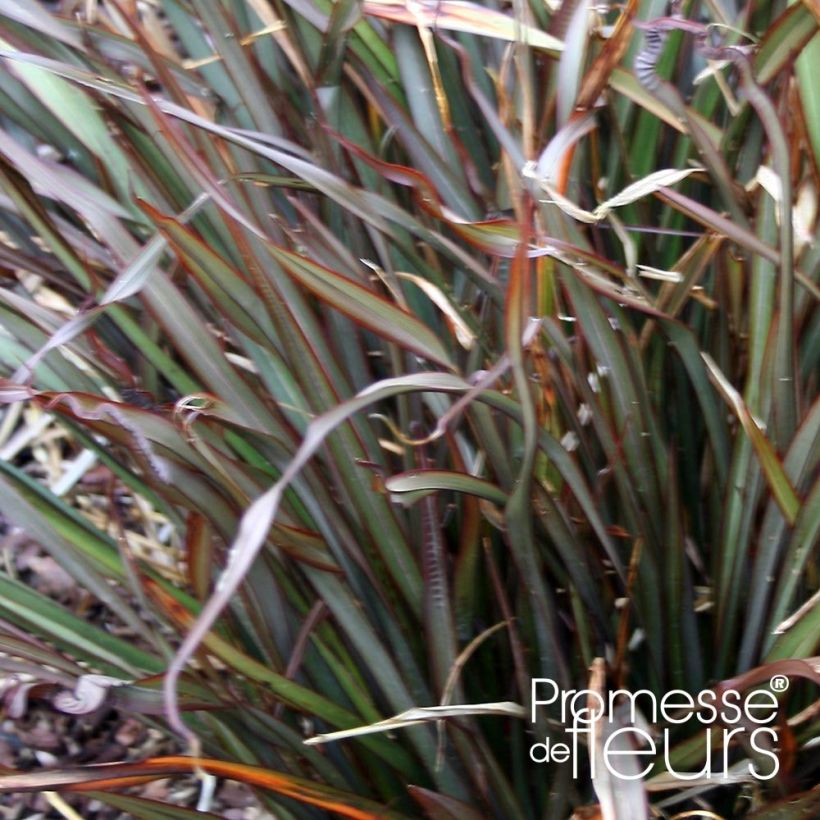

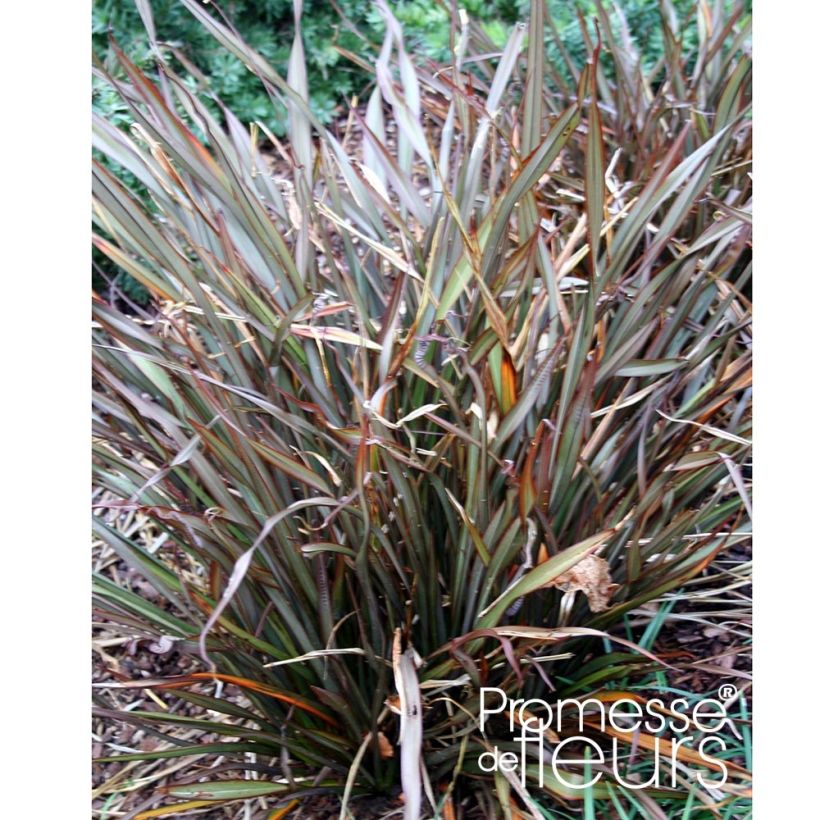

Flowering
Foliage
Plant habit
Botanical data
Phormium
x tenax
Jack Spratt
Agavaceae
New Zealand Flax, Flax Lily
Cultivar or hybrid
Other Perennials A to Z
View all →Planting and care
The Phormium tenax 'Jack Spratt' is a hardy plant that will mainly be grown in open ground in regions where frosts do not drop below -7°C (19.4 °F). Everywhere else, pot cultivation is more suitable, allowing for overwintering in a cool and bright room.
Plant your phormium in a container or large pot with the bottom filled with gravel, pottery shards, or clay balls. The mixture it is planted in should be fertile and well-draining (1/3 leaf soil, 1/3 compost, and 1/3 regular garden soil, enriched with a handful of organic fertiliser).
To care for your Phormium plant, place it in a sunny spot and regularly water it during growth. Ensure the soil doesn't dry out completely, but don't overwater it. Once a month, use diluted "special green plant" fertiliser to provide nutrients. Reduce watering and fertiliser in winter, and let the soil dry out between waterings. If you live in an area with mild climates and light frosts, plant the Phormium in well-drained and fertile soil in full sun. During summer, water the plant regularly, but in winter, it will suffice with rainwater. If you expect severe frost, use a thick mulch around the plant's base and cover it with horticultural fleece. In winter, protect the roots from freezing by using a thick mulch. Following these simple steps can keep your phormium plant healthy and happy.
Planting period
Intended location
Care
Planting & care advice
-
, onOrder confirmed
Reply from on Promesse de fleurs
Similar products
Haven't found what you were looking for?
Hardiness is the lowest winter temperature a plant can endure without suffering serious damage or even dying. However, hardiness is affected by location (a sheltered area, such as a patio), protection (winter cover) and soil type (hardiness is improved by well-drained soil).

Photo Sharing Terms & Conditions
In order to encourage gardeners to interact and share their experiences, Promesse de fleurs offers various media enabling content to be uploaded onto its Site - in particular via the ‘Photo sharing’ module.
The User agrees to refrain from:
- Posting any content that is illegal, prejudicial, insulting, racist, inciteful to hatred, revisionist, contrary to public decency, that infringes on privacy or on the privacy rights of third parties, in particular the publicity rights of persons and goods, intellectual property rights, or the right to privacy.
- Submitting content on behalf of a third party;
- Impersonate the identity of a third party and/or publish any personal information about a third party;
In general, the User undertakes to refrain from any unethical behaviour.
All Content (in particular text, comments, files, images, photos, videos, creative works, etc.), which may be subject to property or intellectual property rights, image or other private rights, shall remain the property of the User, subject to the limited rights granted by the terms of the licence granted by Promesse de fleurs as stated below. Users are at liberty to publish or not to publish such Content on the Site, notably via the ‘Photo Sharing’ facility, and accept that this Content shall be made public and freely accessible, notably on the Internet.
Users further acknowledge, undertake to have ,and guarantee that they hold all necessary rights and permissions to publish such material on the Site, in particular with regard to the legislation in force pertaining to any privacy, property, intellectual property, image, or contractual rights, or rights of any other nature. By publishing such Content on the Site, Users acknowledge accepting full liability as publishers of the Content within the meaning of the law, and grant Promesse de fleurs, free of charge, an inclusive, worldwide licence for the said Content for the entire duration of its publication, including all reproduction, representation, up/downloading, displaying, performing, transmission, and storage rights.
Users also grant permission for their name to be linked to the Content and accept that this link may not always be made available.
By engaging in posting material, Users consent to their Content becoming automatically accessible on the Internet, in particular on other sites and/or blogs and/or web pages of the Promesse de fleurs site, including in particular social pages and the Promesse de fleurs catalogue.
Users may secure the removal of entrusted content free of charge by issuing a simple request via our contact form.
The flowering period indicated on our website applies to countries and regions located in USDA zone 8 (France, the United Kingdom, Ireland, the Netherlands, etc.)
It will vary according to where you live:
- In zones 9 to 10 (Italy, Spain, Greece, etc.), flowering will occur about 2 to 4 weeks earlier.
- In zones 6 to 7 (Germany, Poland, Slovenia, and lower mountainous regions), flowering will be delayed by 2 to 3 weeks.
- In zone 5 (Central Europe, Scandinavia), blooming will be delayed by 3 to 5 weeks.
In temperate climates, pruning of spring-flowering shrubs (forsythia, spireas, etc.) should be done just after flowering.
Pruning of summer-flowering shrubs (Indian Lilac, Perovskia, etc.) can be done in winter or spring.
In cold regions as well as with frost-sensitive plants, avoid pruning too early when severe frosts may still occur.
The planting period indicated on our website applies to countries and regions located in USDA zone 8 (France, United Kingdom, Ireland, Netherlands).
It will vary according to where you live:
- In Mediterranean zones (Marseille, Madrid, Milan, etc.), autumn and winter are the best planting periods.
- In continental zones (Strasbourg, Munich, Vienna, etc.), delay planting by 2 to 3 weeks in spring and bring it forward by 2 to 4 weeks in autumn.
- In mountainous regions (the Alps, Pyrenees, Carpathians, etc.), it is best to plant in late spring (May-June) or late summer (August-September).
The harvesting period indicated on our website applies to countries and regions in USDA zone 8 (France, England, Ireland, the Netherlands).
In colder areas (Scandinavia, Poland, Austria...) fruit and vegetable harvests are likely to be delayed by 3-4 weeks.
In warmer areas (Italy, Spain, Greece, etc.), harvesting will probably take place earlier, depending on weather conditions.
The sowing periods indicated on our website apply to countries and regions within USDA Zone 8 (France, UK, Ireland, Netherlands).
In colder areas (Scandinavia, Poland, Austria...), delay any outdoor sowing by 3-4 weeks, or sow under glass.
In warmer climes (Italy, Spain, Greece, etc.), bring outdoor sowing forward by a few weeks.






























